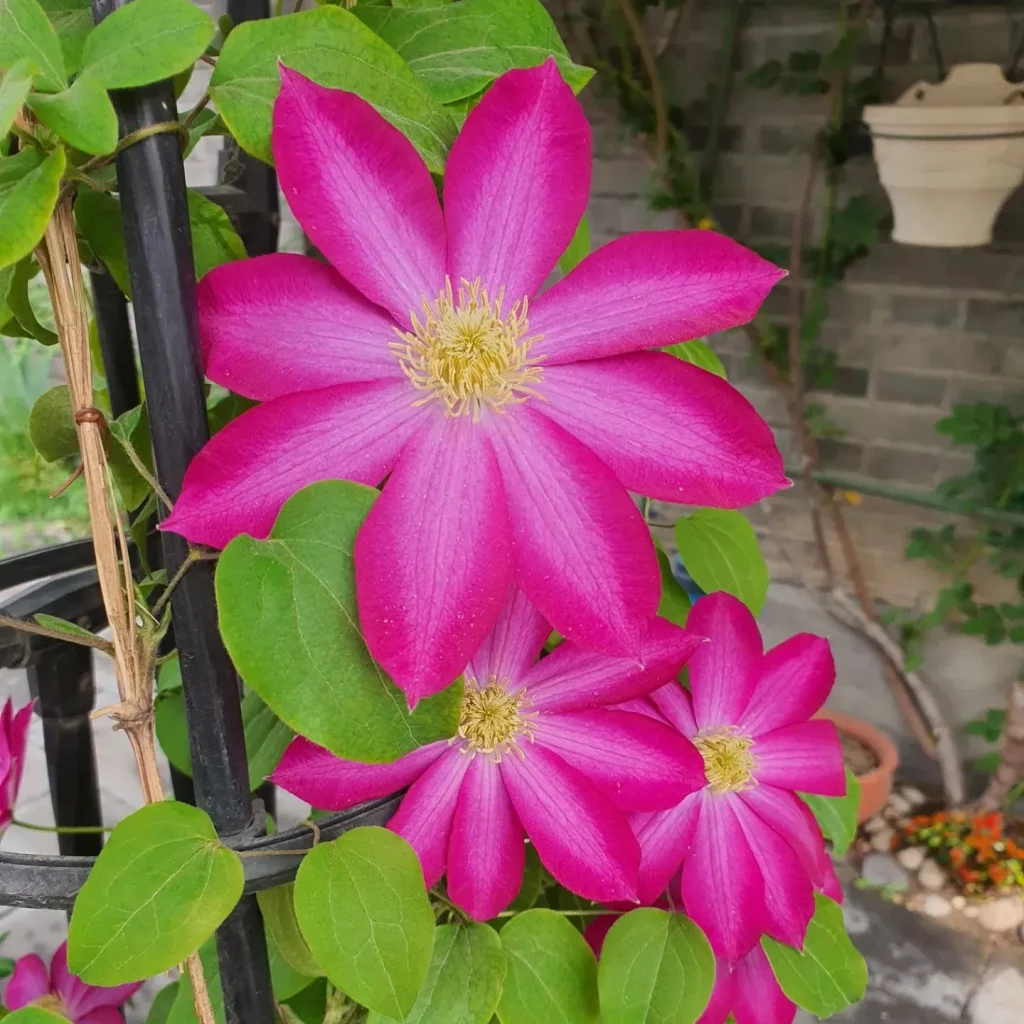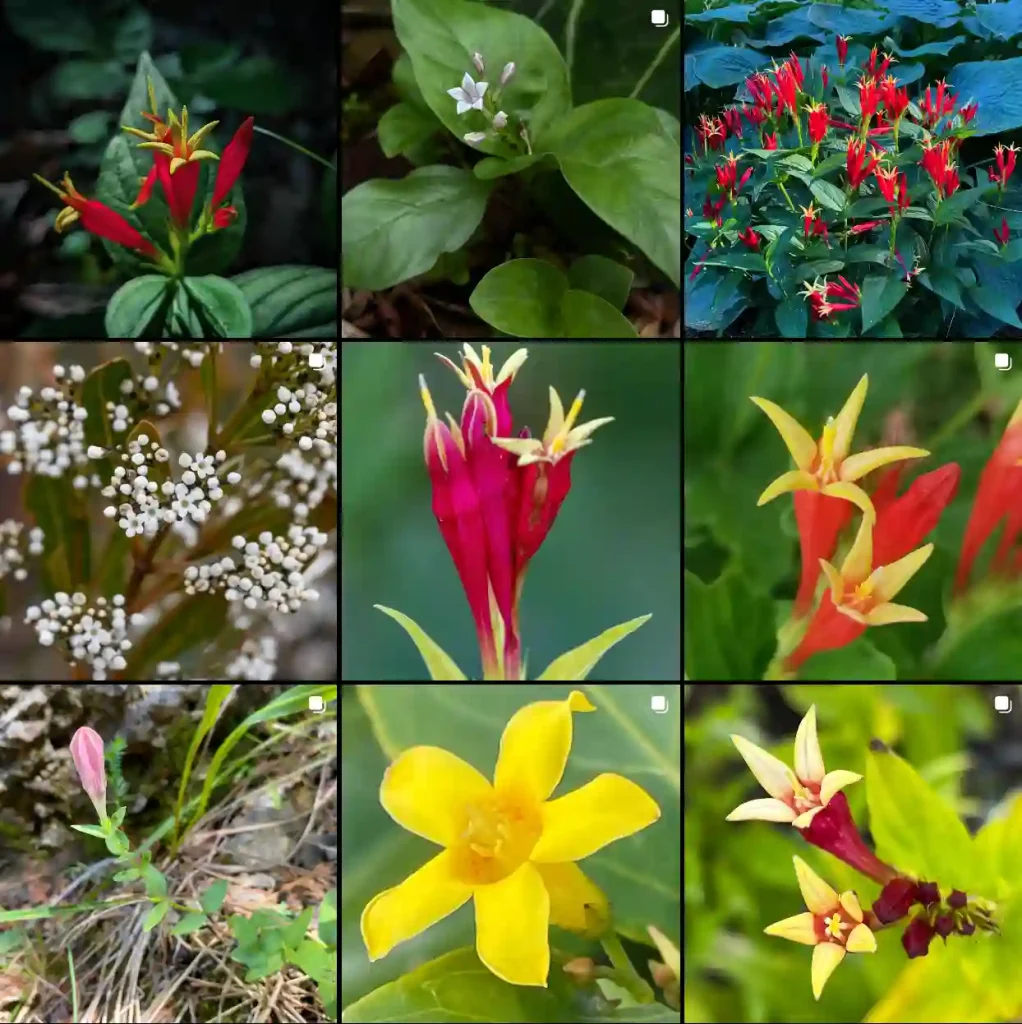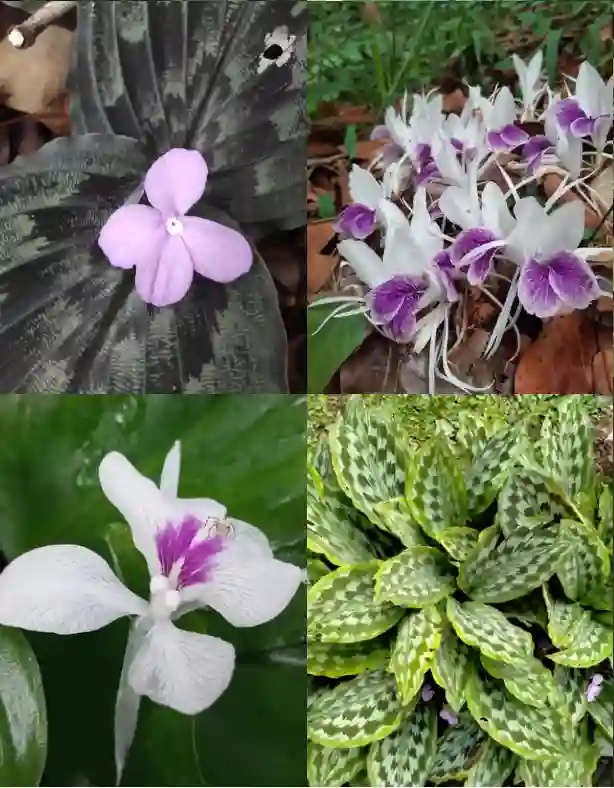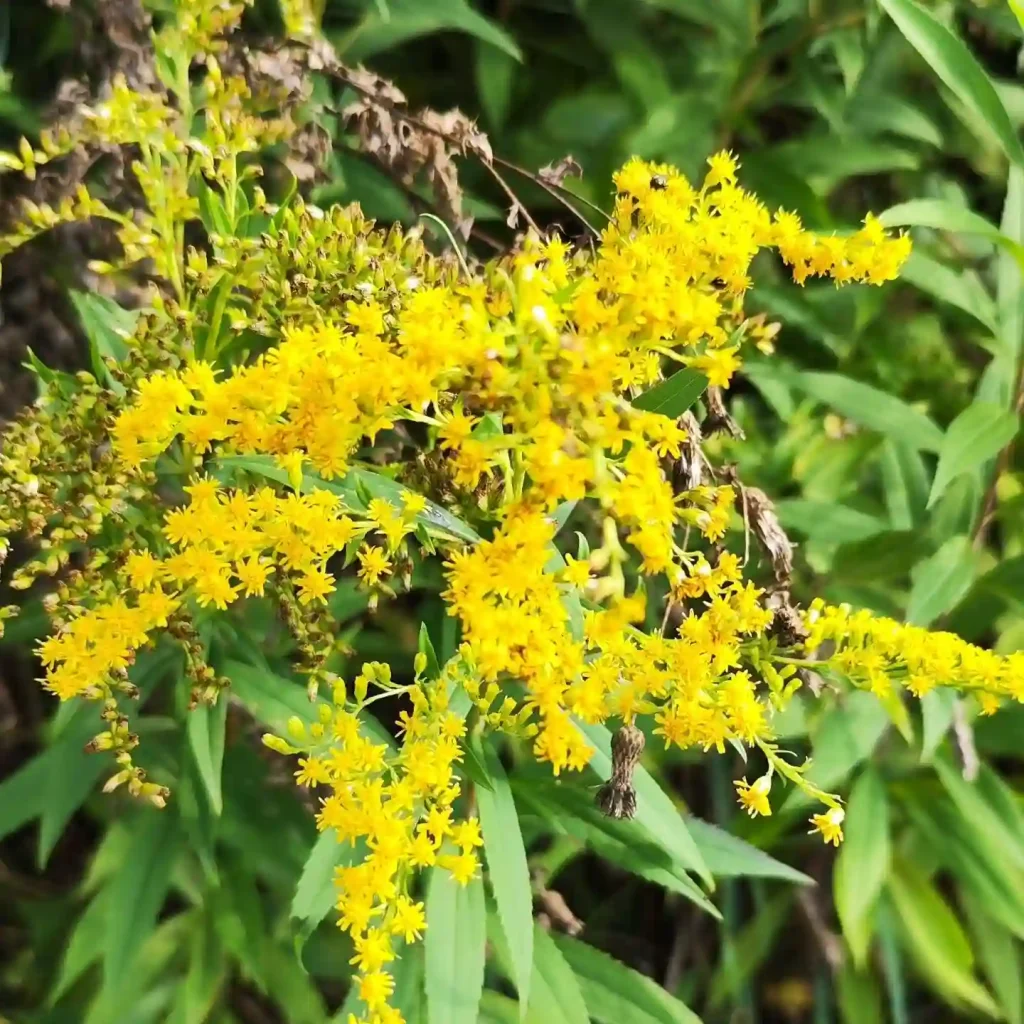What Is Gnaphalium Polycephalum?
As someone with a deep appreciation for diverse plant species, I’ve been exploring Gnaphalium Polycephalum, a fascinating plant with unique characteristics. Often referred to as the “Many-Headed Cudweed,” this perennial herb belongs to the Asteraceae family. It’s recognized for its clustered heads of small, yellow flowers and its distinctive, woolly appearance. Native to parts of North America, this plant is a favorite among those who appreciate its resilience and adaptability.
38 Species in Genus Gnaphalium
What Is Gnaphalium Polycephalum Used For?
Gnaphalium Polycephalum has several uses, both practical and ornamental. Traditionally, it’s been utilized in herbal medicine for its potential anti-inflammatory and antimicrobial properties. Although not as widely used in modern medicine, it has historical significance in folk remedies.
In addition to its medicinal uses, Gnaphalium Polycephalum serves as an attractive addition to gardens and landscapes. Its unique texture and appearance make it a popular choice for dry, sunny spots. It’s often used in xeriscaping, which is a landscaping method that reduces or eliminates the need for irrigation.
How to Care for Gnaphalium Polycephalum?
Caring for Gnaphalium Polycephalum is relatively straightforward. It thrives in well-drained soil and full sun, making it ideal for low-maintenance gardens. Here are some tips for ensuring your plant remains healthy:
- Soil: Ensure the soil is well-draining. While it can tolerate a range of soil types, it prefers sandy or gravelly soils.
- Watering: Water moderately. This plant is drought-tolerant, so overwatering can lead to root rot.
- Pruning: Prune as needed to maintain its shape and remove any dead or damaged stems.
- Fertilizing: Generally, this plant does not require heavy feeding. A light application of a balanced fertilizer in the spring can be beneficial.
How to Propagate Gnaphalium Polycephalum?
Propagating Gnaphalium Polycephalum can be done through seeds or division. Here’s a simple guide:
- Seeds: Start seeds indoors 6-8 weeks before the last frost. Sow them on the surface of the soil and lightly press them in. Keep the soil moist but not waterlogged. Transplant seedlings outdoors once they are strong enough.
- Division: Divide established plants in early spring or fall. Carefully separate the root clumps and replant them in their new locations.
What to Plant With Gnaphalium Polycephalum?
Gnaphalium Polycephalum pairs well with other drought-tolerant and low-maintenance plants. Some great companions include:
- Sedum: Its fleshy leaves and similar care requirements complement the cudweed well.
- Lavender: Adds a fragrant contrast and thrives in similar conditions.
- Blanket Flower (Gaillardia): Its vibrant blooms create a striking visual contrast.
Can You Grow Gnaphalium Polycephalum Indoors?
While Gnaphalium Polycephalum is primarily an outdoor plant, it can be grown indoors with the right conditions. Ensure it receives plenty of sunlight, preferably from a south-facing window. Use a well-draining soil mix and water sparingly to avoid waterlogged conditions. Indoor growth may be less vigorous than outdoor plants, but with proper care, it can still thrive.
Is Gnaphalium Polycephalum Toxic?
Gnaphalium Polycephalum is generally considered non-toxic. However, as with many plants, it’s best to avoid ingestion, especially for pets and young children. If consumed in large quantities, it could cause gastrointestinal upset. Always consult with a healthcare provider or veterinarian if you have concerns about toxicity.
Benefits of Gnaphalium Polycephalum
The benefits of Gnaphalium Polycephalum extend beyond its ornamental value. Here are some notable advantages:
- Aesthetic Appeal: Its unique appearance adds texture and interest to garden landscapes.
- Low Maintenance: Its drought tolerance and adaptability make it a low-maintenance choice for gardeners.
- Ecological Value: Provides habitat and food for pollinators like bees and butterflies.
Common Problems with Gnaphalium Polycephalum
Despite its hardy nature, Gnaphalium Polycephalum can face a few issues:
- Overwatering: Can lead to root rot. Ensure well-draining soil and avoid excessive moisture.
- Pests: Occasionally, it may attract pests like aphids or spider mites. Regular inspection and appropriate pest control measures can help manage these issues.
Compare with Other Similar Plants
Gnaphalium Polycephalum is sometimes confused with other members of the Asteraceae family, such as:
- Gnaphalium Obtusifolium: Known as the “Sweet Everlasting,” it has a similar appearance but prefers slightly different growing conditions.
- Helichrysum: Often referred to as “Immortelle,” it has a similar woolly texture but is more commonly used in essential oils.
In conclusion, Gnaphalium Polycephalum is a versatile and attractive plant with a range of uses and benefits. Its hardy nature and unique appearance make it a valuable addition to any garden. Whether you’re using it for its medicinal properties or simply enjoying its aesthetic appeal, it’s a plant worth considering.
If i die, water my plants!



